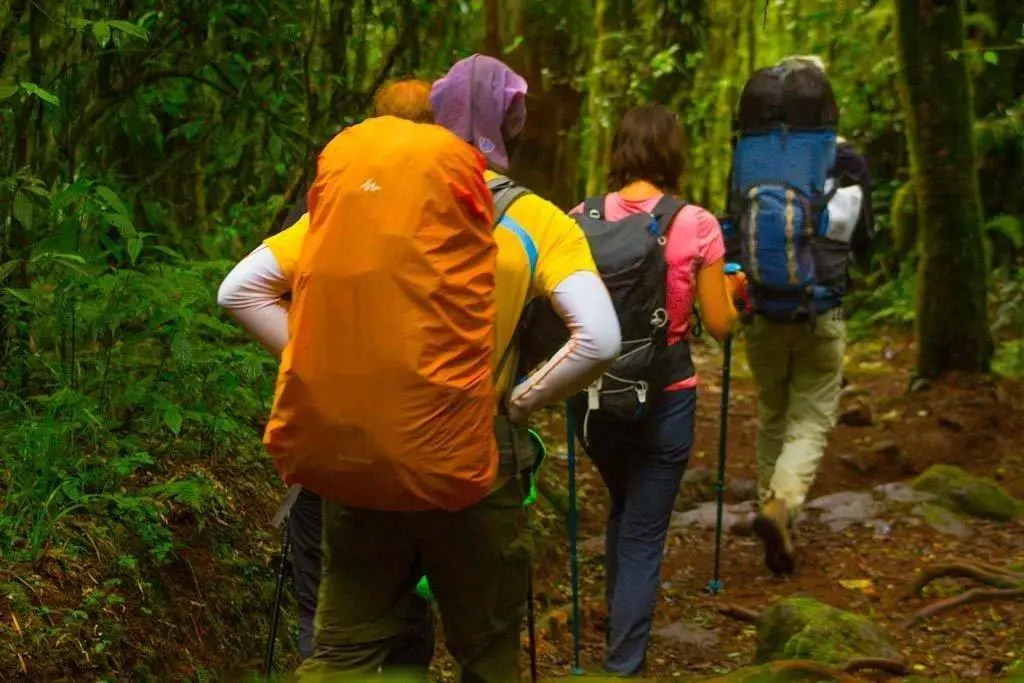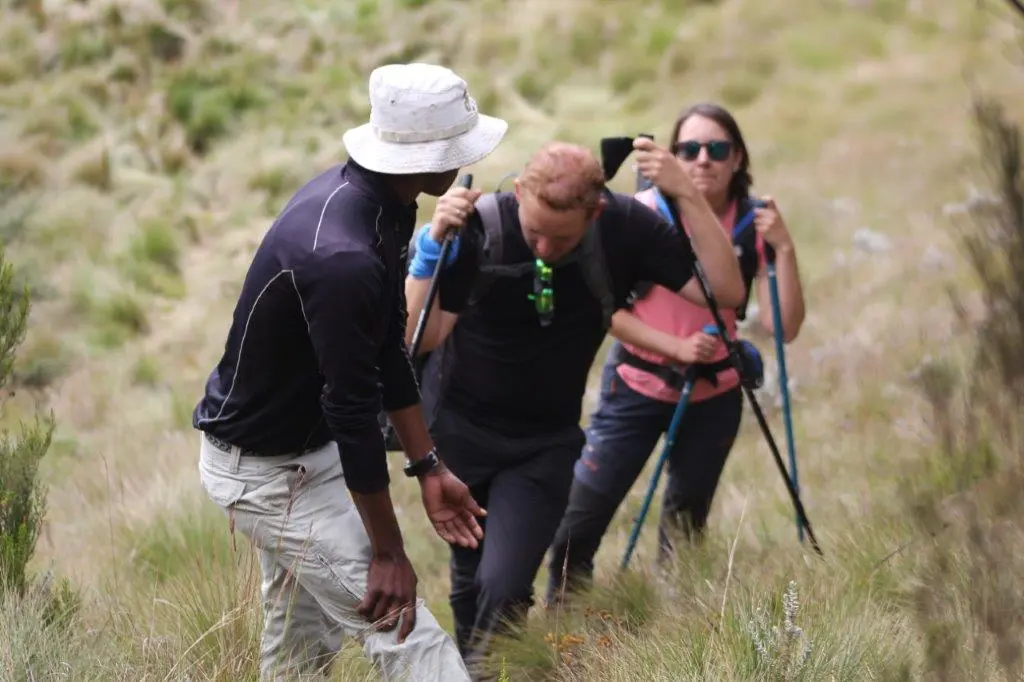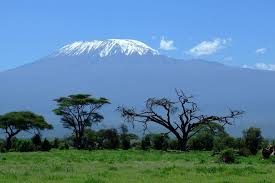Navigating the Steep Terrain
Climbing Mount Kilimanjaro is a physically demanding endeavor due to its steep terrain. The mountain's diverse landscape presents various challenges, including rocky paths and steep slopes. Climbers must maintain balance and stability while ascending, making each step a test of physical strength and determination.
Coping with Altitude Sickness
Altitude sickness is a common challenge faced by climbers as they ascend to higher altitudes. Symptoms such as headaches, nausea, and fatigue can hinder progress. Proper acclimatization, hydration, and nutrition are essential for managing altitude sickness and ensuring a safe ascent.
Overcoming Mental Challenges
Climbing Kilimanjaro is not only a physical feat but also a mental one. Climbers must overcome exhaustion, uncertainty, and self-doubt to reach the summit. Maintaining a positive mindset, visualizing success, and seeking support from fellow climbers and guides are key strategies for overcoming mental challenges.
Ascending the Summit
The final push towards the summit of Kilimanjaro, Uhuru Peak, requires climbers to dig deep and push their physical limits. The combination of steep terrain and high altitude intensifies the challenge, but the breathtaking views and sense of accomplishment make it all worthwhile.
Descending Safely
Descending from the summit of Kilimanjaro is as important as ascending. Climbers must navigate the steep terrain with caution to avoid injuries. Proper equipment, rest breaks, and listening to the body's signals are essential for a safe descent.


